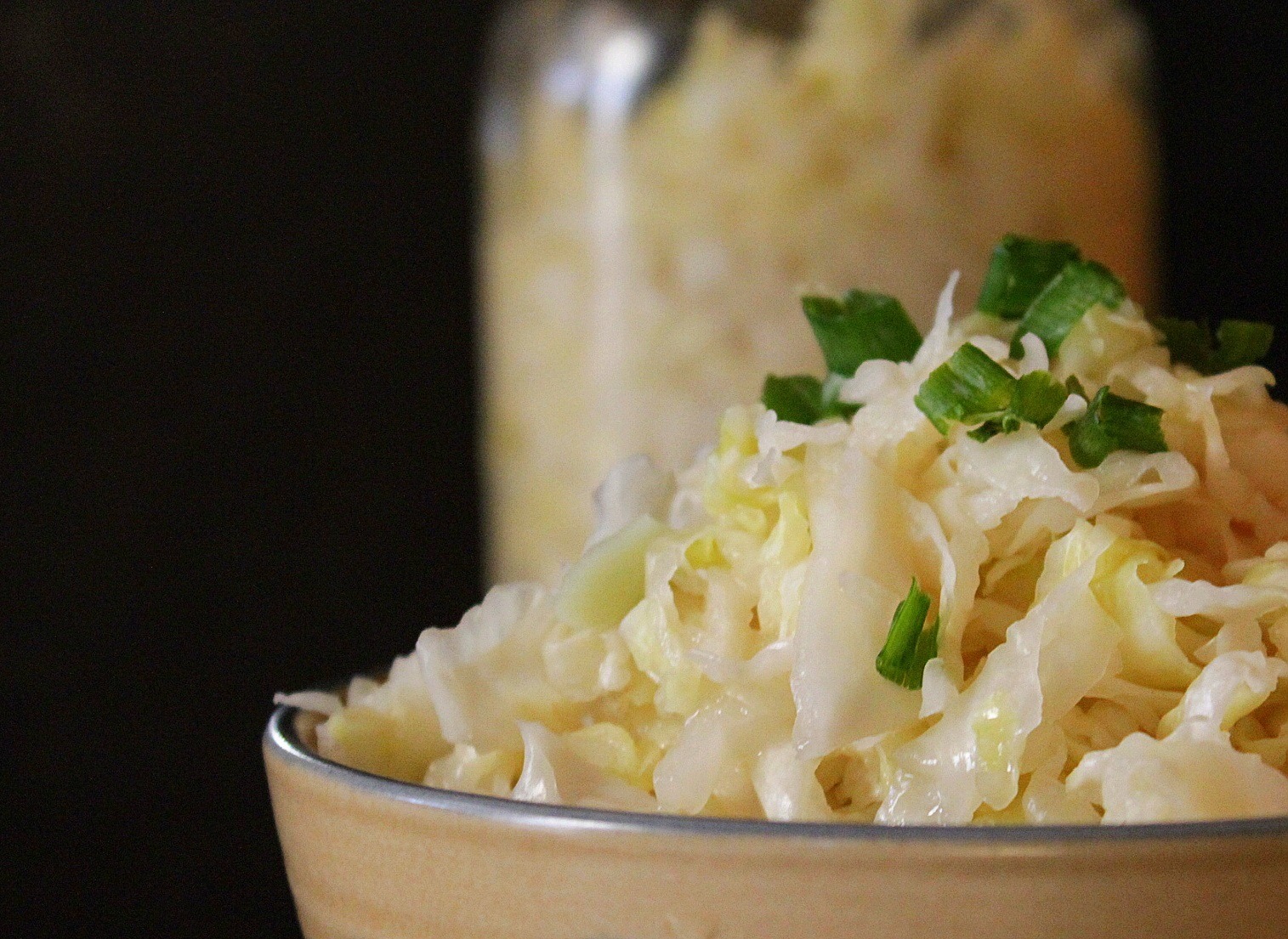How to Make Fermented Cinnamon Apples
This time of year brings fermented sauerkraut, fermented dill pickles tucked into the pantry, and even fermented fruits. While fruit fermentation is generally consumed shortly after fermentation, unless alcohol fermentation is desired, there is every reason to take advantage of the seasonal abundance. Fermenting fruit can prove a bit more complicated than vegetables, due to their higher sugar content. But so long as a few principles are adhered to, the process is just as simple as the lacto-fermentation of vegetables. Raw fruits are, of course, a wonderful food all on their own. So, why ferment them? Well, a few benefits can be added through fermentation, not the least of which is the boost in beneficial bacteria. Fermentation also creates a complex flavor through its lactic acid tang which compliments many dishes. Not to mention the fact that you can add one more fermented food to your day’s meals and both old and young are particularly fond of sweet, tart fruit ferments.









